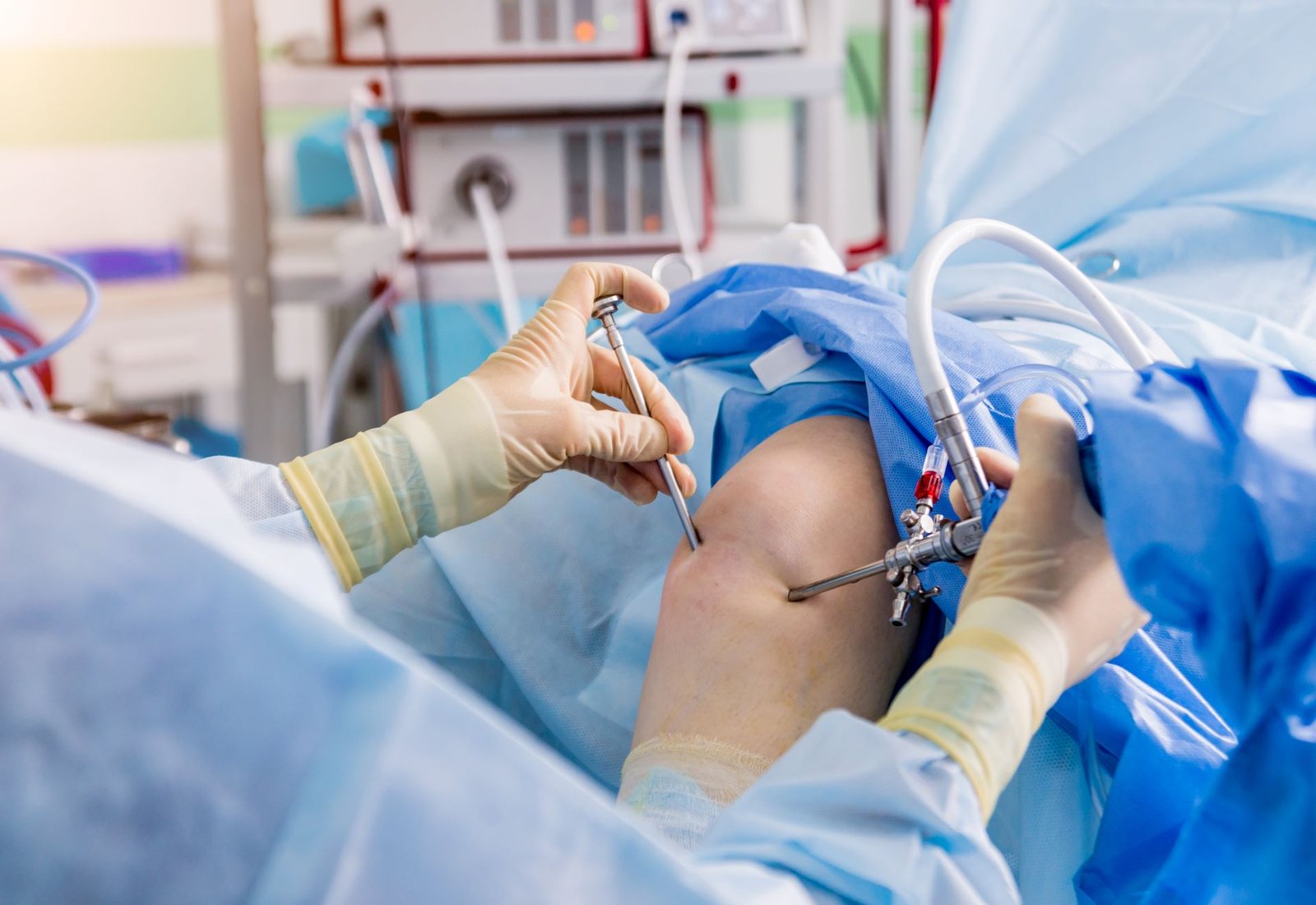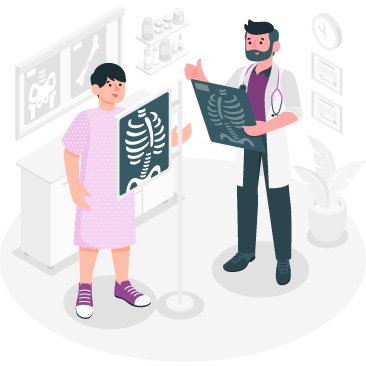
Arthroscopy
Arthroscopy is a minimally invasive surgical procedure used to diagnose and treat joint problems within the human body. It involves the use of a specialized instrument called an arthroscope, which is a thin, flexible, and lighted tube equipped with a camera and small surgical instruments. Arthroscopy is commonly performed on various joints, including the knee, shoulder, hip, ankle, and wrist, to address a range of conditions such as joint pain, inflammation, injuries, and certain diseases. Arthroscopy is a valuable tool in the field of orthopedics and sports medicine, allowing for accurate diagnosis and targeted treatment of joint problems while minimizing the invasiveness of the procedure. It is widely used to help patients with a variety of joint-related issues regain their mobility and improve their quality of life.
- Candidate Assessment : Before performing arthroscopy, the orthopedic surgeon or the specialist evaluates the patient's medical history and conducts a physical examination to identify the source of joint pain or dysfunction. Diagnostic imaging tests, such as X-rays, MRI, or CT scans, may be used to help in the assessment.
- Minimally Invasive Techniques : Arthroscopy is considered a minimally invasive procedure because it involves only small incisions in the skin, typically ranging from 4 to 6 millimeters in size. This approach reduces the risks associated with open surgery, minimizes scarring, and often leads to faster recovery times.
- Anesthesia : Arthroscopy is usually performed under regional anesthesia, such as a nerve block, epidural, or spinal anesthesia, or general anesthesia, depending on the specific joint and the patient's preference.
- Surgical Technique : During the procedure, the surgeon makes one or more small incisions near the joint being treated. The arthroscope, a thin, flexible tube equipped with a high-definition camera and light source, is inserted through one of the incisions to allow the surgeon to view the inside of the joint in real-time. The camera's images are displayed on a monitor in the operating room.
- Diagnosis : The arthroscope enables the surgeon to thoroughly examine the joint, including the bones, cartilage, ligaments, tendons, and synovial lining. This visual inspection can help diagnose conditions like torn ligaments, damaged cartilage, inflamed tissues, or bone abnormalities.
- Closure : After the surgeon has completed the necessary procedures, the incisions are closed with stitches or adhesive strips. Often, these incisions are so small that they do not require sutures.
- Recovery : Recovery from arthroscopy is typically faster than traditional open surgery, with less pain and scarring. Patients may be able to return to their regular activities sooner, but this depends on the specific procedure performed and the individual's overall health.
- Postoperative Care : Patients are usually provided with postoperative care instructions, which may include exercises, physical therapy, and pain management strategies to optimize their recovery.

